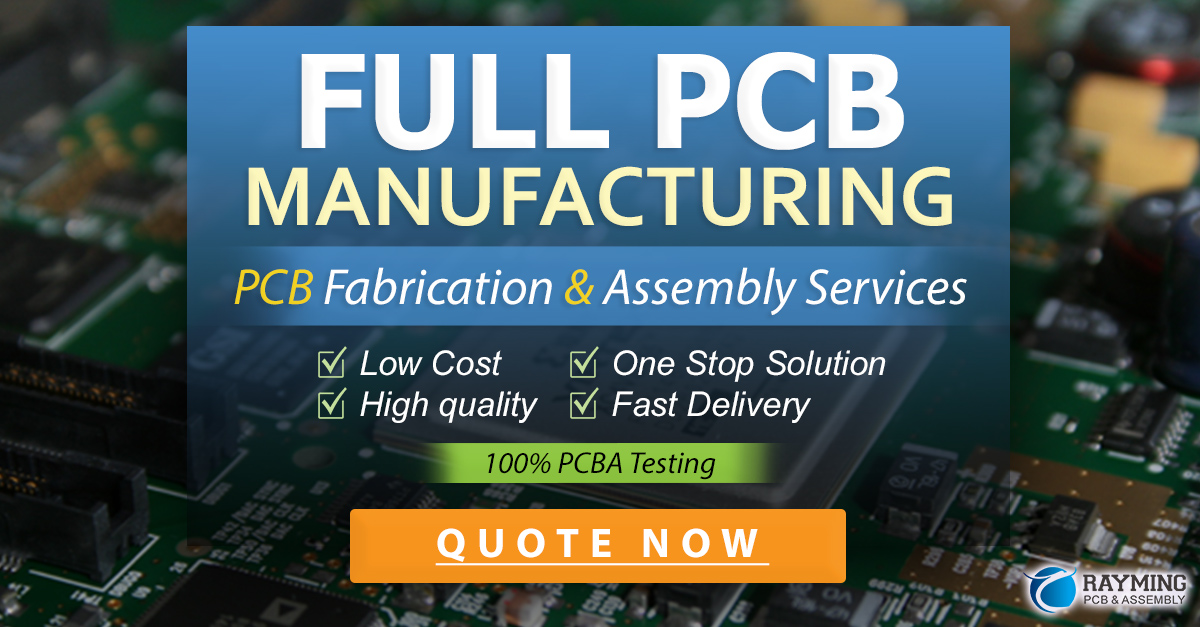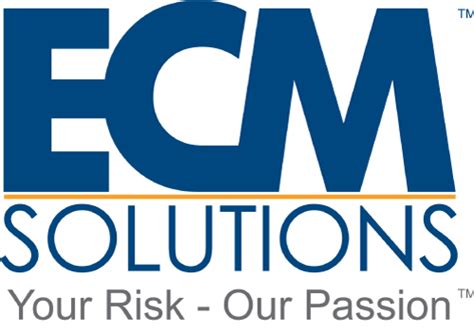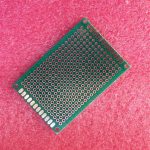What is an Electronics Contract Manufacturer (ECM)?
An Electronics Contract Manufacturer (ECM) is a company that specializes in the design, development, and production of electronic components and assemblies for other companies. ECMs provide a wide range of services, including printed circuit board (PCB) assembly, cable and wire harness assembly, box build assembly, and complete product assembly. They work with clients from various industries, such as aerospace, automotive, medical, telecommunications, and consumer electronics.
Benefits of Working with an ECM
- Cost Savings
- Expertise and Experience
- Flexibility and Scalability
- Access to Advanced Technology
- Quality Assurance
The Role of ECMs in the Electronics Industry
ECMs play a crucial role in the electronics industry by enabling companies to outsource their manufacturing processes. This allows companies to focus on their core competencies, such as research and development, marketing, and sales, while leaving the manufacturing to specialized experts. ECMs help companies bring their products to market faster, reduce costs, and improve quality.
Types of Services Offered by ECMs
- PCB Assembly
- Surface Mount Technology (SMT)
- Through-Hole Technology (THT)
-
Mixed Technology
-
Cable and Wire Harness Assembly
- Custom Cable Assembly
- Wire Harness Manufacturing
-
Overmolding and Strain Relief
-
Box Build Assembly
- Enclosure Fabrication
- Electromechanical Assembly
-
Functional Testing
-
Complete Product Assembly
- Product Design and Development
- Prototyping and Pilot Production
- Volume Production
Choosing the Right ECM
When selecting an ECM, there are several factors to consider to ensure a successful partnership. These include:
- Technical Capabilities
- Quality Management System
- Financial Stability
- Communication and Collaboration
- Geographical Location
Questions to Ask When Evaluating ECMs
- What is your experience in manufacturing products similar to ours?
- What certifications and quality standards do you adhere to?
- How do you ensure the security and confidentiality of our intellectual property?
- What is your process for handling design changes and revisions?
- How do you manage your supply chain and ensure the availability of components?

The ECM Manufacturing Process
The manufacturing process at an ECM typically involves several stages, from design and prototyping to volume production and final testing. Each stage requires a high level of expertise, attention to detail, and adherence to quality standards.
Design and Prototyping
- Schematic and PCB Design
- Bill of Materials (BOM) Creation
- Component Sourcing and Procurement
- Prototype Fabrication and Testing
Manufacturing
- PCB Assembly
- Solder Paste Application
- Component Placement
- Reflow Soldering
-
Inspection and Rework
-
Cable and Wire Harness Assembly
- Wire Cutting and Stripping
- Crimping and Termination
- Connector Assembly
-
Testing and Inspection
-
Box Build Assembly
- Mechanical Assembly
- Wiring and Soldering
- Functional Testing
- Final Inspection
Testing and Quality Control
- In-Circuit Testing (ICT)
- Functional Testing
- Burn-In Testing
- Environmental Stress Screening (ESS)
- Final Quality Inspection
Industry Standards and Certifications
ECMs must adhere to various industry standards and certifications to ensure the quality, reliability, and safety of their products. Some of the most common standards and certifications include:
| Standard/Certification | Description |
|---|---|
| ISO 9001 | Quality Management System |
| ISO 13485 | Medical Device Quality Management System |
| IPC-A-610 | Acceptability of Electronic Assemblies |
| IPC-A-620 | Requirements and Acceptance for Cable and Wire Harness Assemblies |
| IPC J-STD-001 | Requirements for Soldered Electrical and Electronic Assemblies |
| UL | Underwriters Laboratories Safety Certification |
| RoHS | Restriction of Hazardous Substances Directive |
| REACH | Registration, Evaluation, Authorization, and Restriction of Chemicals |
Trends and Innovations in Electronics Contract Manufacturing
The electronics contract manufacturing industry is constantly evolving, driven by advances in technology, changing customer demands, and global market trends. Some of the key trends and innovations shaping the industry include:
- Miniaturization and High-Density Packaging
- Internet of Things (IoT) and Connected Devices
- Artificial Intelligence (AI) and Machine Learning (ML)
- 5G and Wireless Technologies
- Sustainable and Eco-Friendly Manufacturing Practices
The Impact of Industry 4.0 on ECMs
Industry 4.0, also known as the Fourth Industrial Revolution, is transforming the manufacturing landscape through the integration of advanced technologies such as automation, robotics, and the Industrial Internet of Things (IIoT). ECMs are embracing these technologies to improve efficiency, reduce costs, and enhance product quality.
Examples of Industry 4.0 applications in electronics contract manufacturing include:
- Automated Optical Inspection (AOI) and X-Ray Inspection (AXI)
- Collaborative Robots (Cobots) for Assembly Tasks
- Real-Time Production Monitoring and Analytics
- Predictive Maintenance and Machine Learning-Based Quality Control
- Digital Twin and Simulation-Based Process Optimization
The Future of Electronics Contract Manufacturing
As the electronics industry continues to evolve, ECMs must adapt to new challenges and opportunities. Some of the key factors that will shape the future of electronics contract manufacturing include:
- Increasing Complexity and Miniaturization of Electronic Products
- Growing Demand for Customization and Personalization
- Shifting Global Supply Chains and Regionalization
- Emphasis on Sustainability and Circular Economy Practices
- Adoption of Advanced Manufacturing Technologies and Processes
Strategies for Success in a Changing Landscape
To remain competitive in the future, ECMs must embrace a culture of continuous improvement, innovation, and collaboration. Some strategies for success include:
- Investing in Advanced Manufacturing Technologies and Processes
- Developing Strong Partnerships with Customers and Suppliers
- Fostering a Skilled and Agile Workforce
- Implementing Lean and Six Sigma Methodologies for Continuous Improvement
- Diversifying Product and Service Offerings to Meet Evolving Customer Needs
Conclusion
Electronics contract manufacturers play a vital role in the global electronics industry, enabling companies to bring innovative products to market faster, more efficiently, and at a lower cost. As the industry continues to evolve, driven by technological advances and changing customer demands, ECMs must adapt and innovate to remain competitive. By embracing advanced manufacturing technologies, fostering strong partnerships, and investing in a skilled workforce, ECMs can position themselves for success in the future.
Frequently Asked Questions (FAQ)
- What is the difference between an ECM and an Original Equipment Manufacturer (OEM)?
-
An ECM provides manufacturing services to other companies, while an OEM designs and sells products under its own brand name.
-
How can an ECM help a company reduce costs?
-
ECMs can help reduce costs through economies of scale, efficient supply chain management, and access to advanced manufacturing technologies.
-
What should a company look for when selecting an ECM?
-
When selecting an ECM, a company should consider factors such as technical capabilities, quality management systems, financial stability, communication, and collaboration.
-
How do ECMs ensure the quality and reliability of their products?
-
ECMs ensure quality and reliability by adhering to industry standards and certifications, implementing robust quality management systems, and using advanced testing and inspection techniques.
-
What are some of the key trends shaping the future of electronics contract manufacturing?
- Some key trends shaping the future of electronics contract manufacturing include increasing product complexity and miniaturization, growing demand for customization, adoption of advanced manufacturing technologies, and emphasis on sustainability and circular economy practices.






Leave a Reply